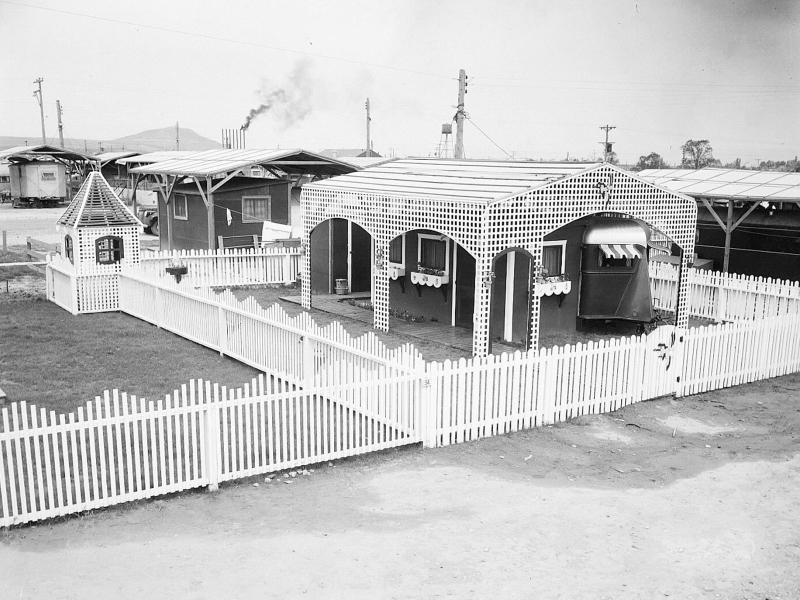
Origins of the
Richland Campus
Origins of the
Richland Campus
Battelle’s building investment
Battelle’s building investment
By the early 1960s, “atomic” communities like Richland were concerned about their local economies’ heavy reliance on federal funding and employment. Many residents of Richland and surrounding areas worked at Hanford, a federal site that produced nuclear materials for the nation’s arms race with the Soviet Union. The Atomic Energy Commission (AEC), which managed Hanford at the time, began implementing economic diversification measures to mitigate the region’s primary dependence on the production of plutonium.
The AEC and local community leaders devised an innovative segmentation program to diversify the work at Hanford, replacing Hanford’s single major contractor (General Electric) with multiple contractors. Each contractor was responsible for a specific segment of work at Hanford. And each successful bidder would be required to invest in the development of small businesses in the community as well as research and development enterprises at Hanford.
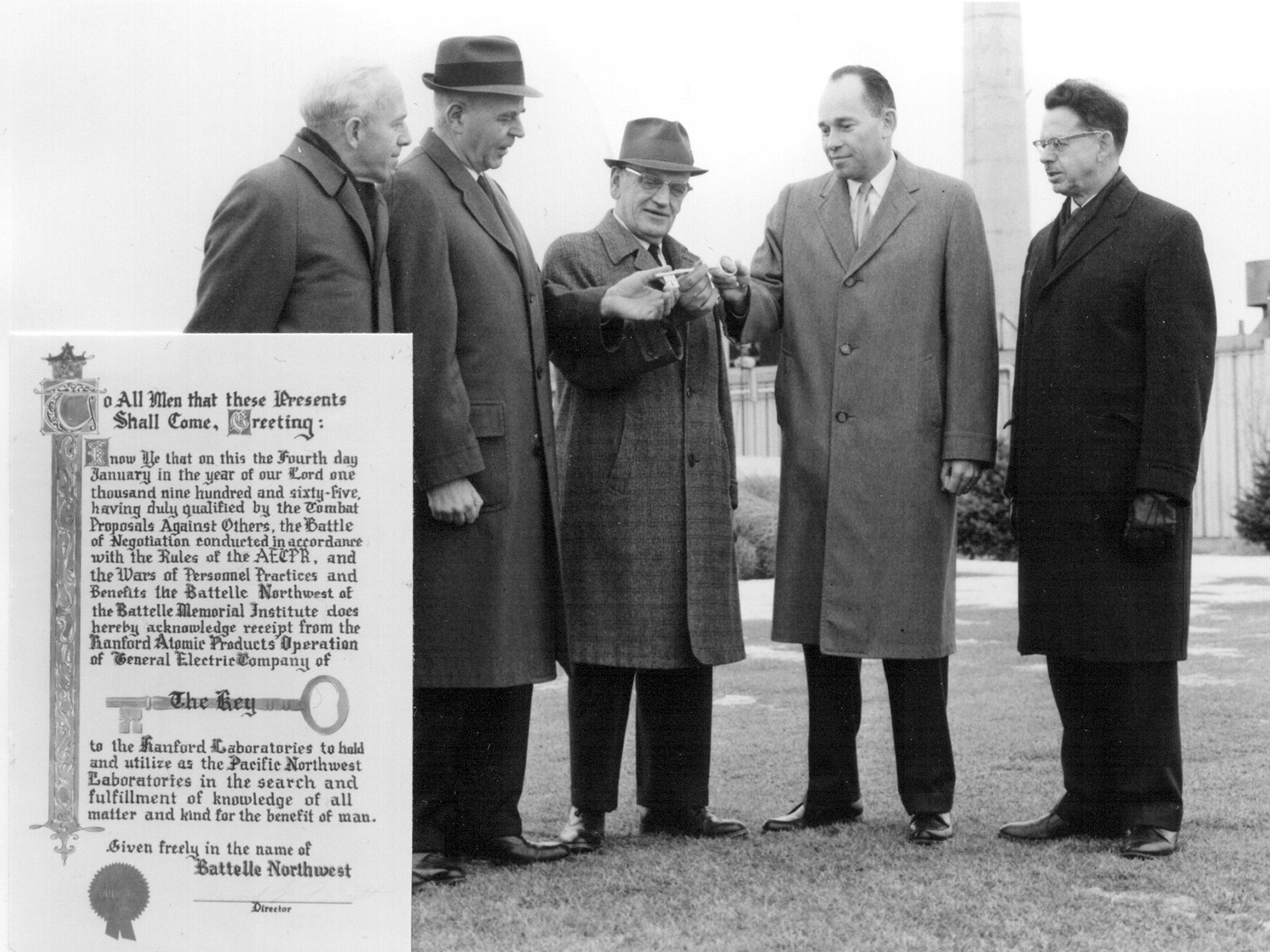
In 1964, Battelle, a not-for-profit research institute, submitted a proposal to operate the Hanford Laboratories. Battelle’s proposal stated that it would invest its own funds to construct facilities that “promoted research and development around the Pacific Northwest.” In exchange, Battelle would be able to use the laboratory facilities for non-Hanford research, thereby diversifying the local economy.
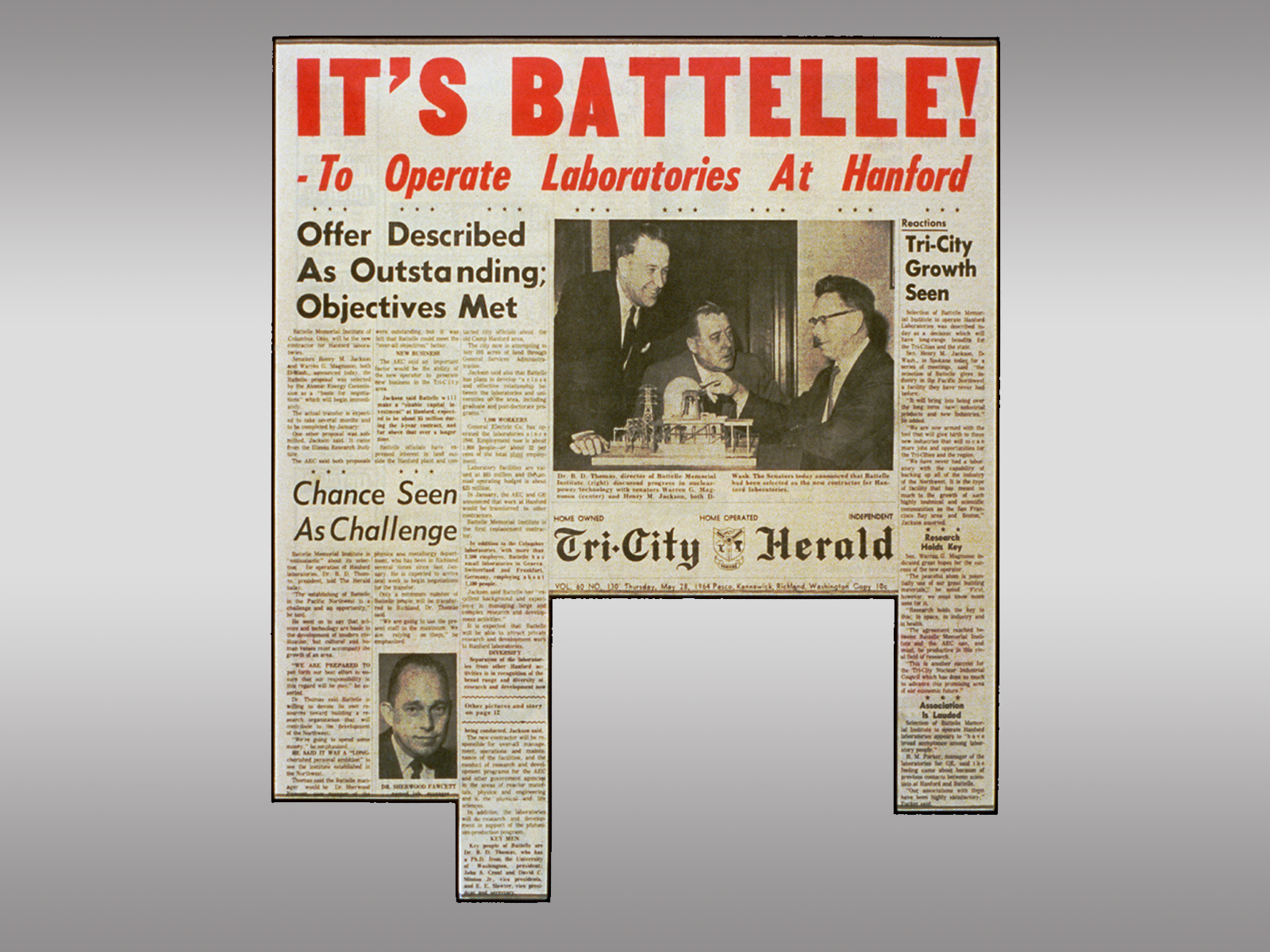
On January 4, 1965, the AEC awarded Battelle the contract, establishing what would become the Pacific Northwest National Laboratory. Battelle purchased 230 acres of the former Camp Hanford’s surplus land from the City of Richland. This parcel of land was located at the very north end of Richland, and Battelle immediately set out to build the first set of research facilities, which still are in use today on a much larger PNNL-Richland campus.
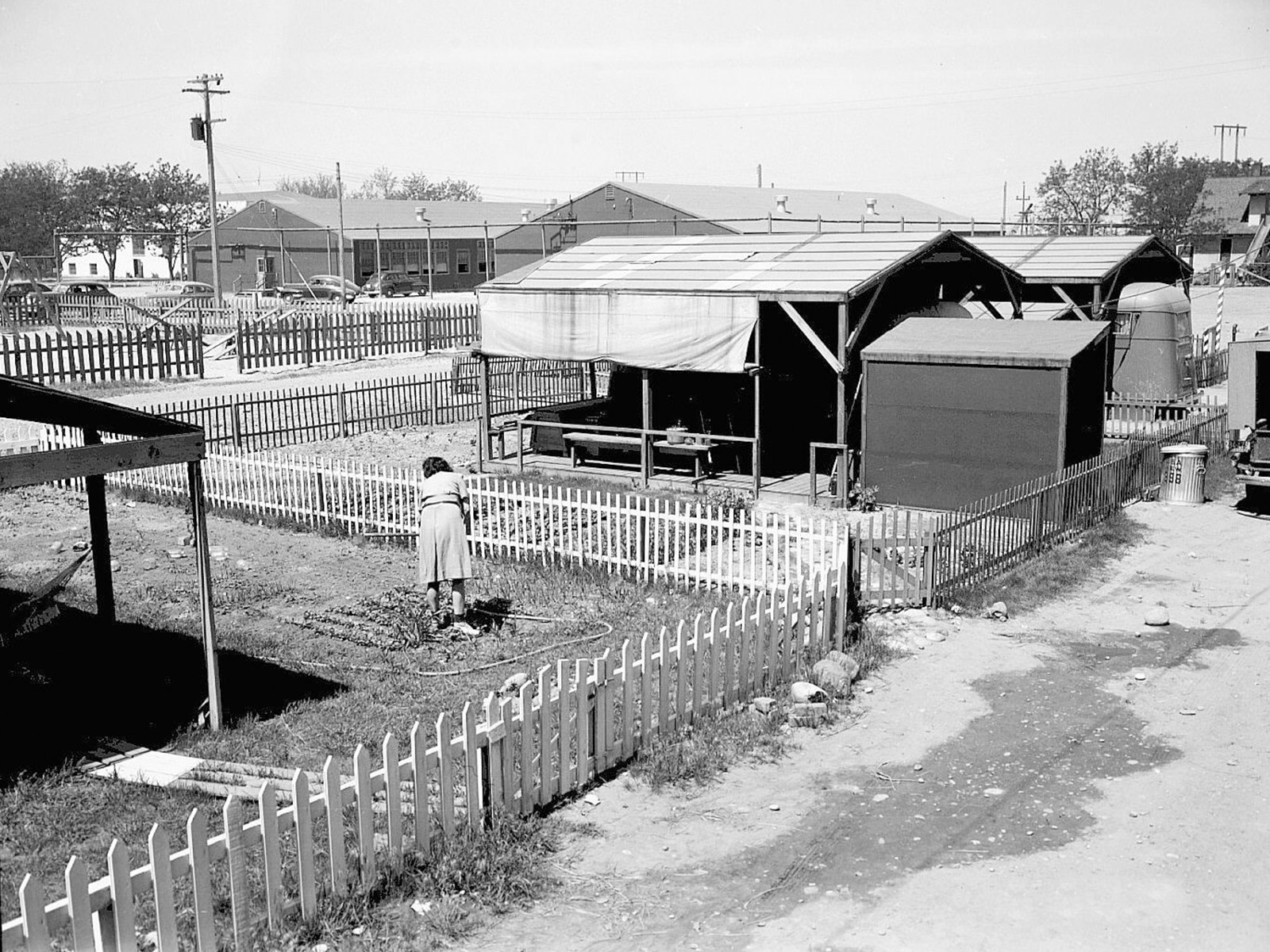
See more photos of Camp Hanford below

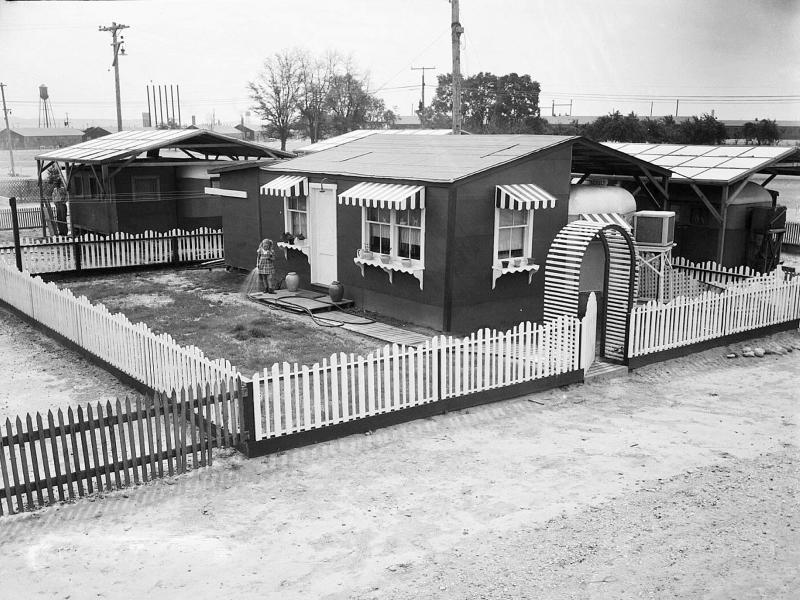
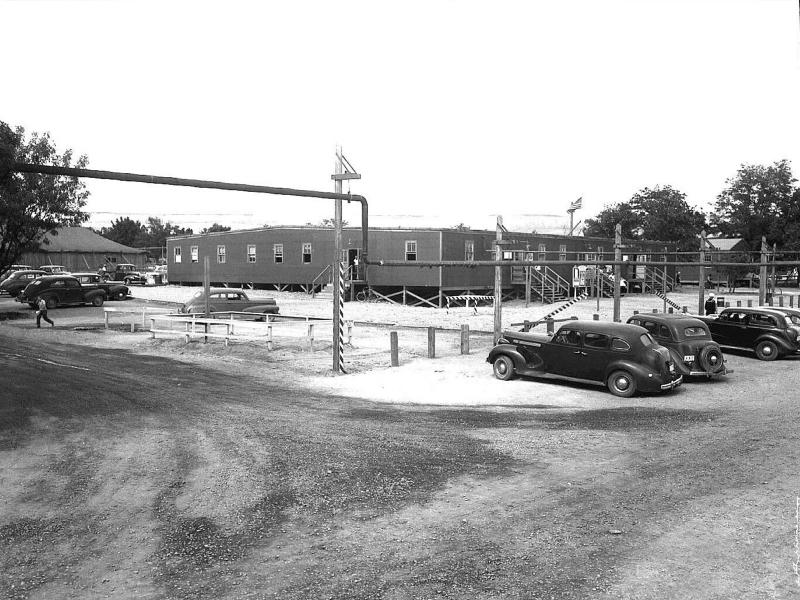

The prominent Seattle architectural firm of Naramore, Bain, Brady and Johansen (NBBJ) designed the layout of the Battelle campus and its first four buildings—the Research Operations Building, the Mathematics Building, the Physical Sciences Laboratory, and the Battelle Auditorium, which was made available for community events. These buildings were constructed in the late 1960s.
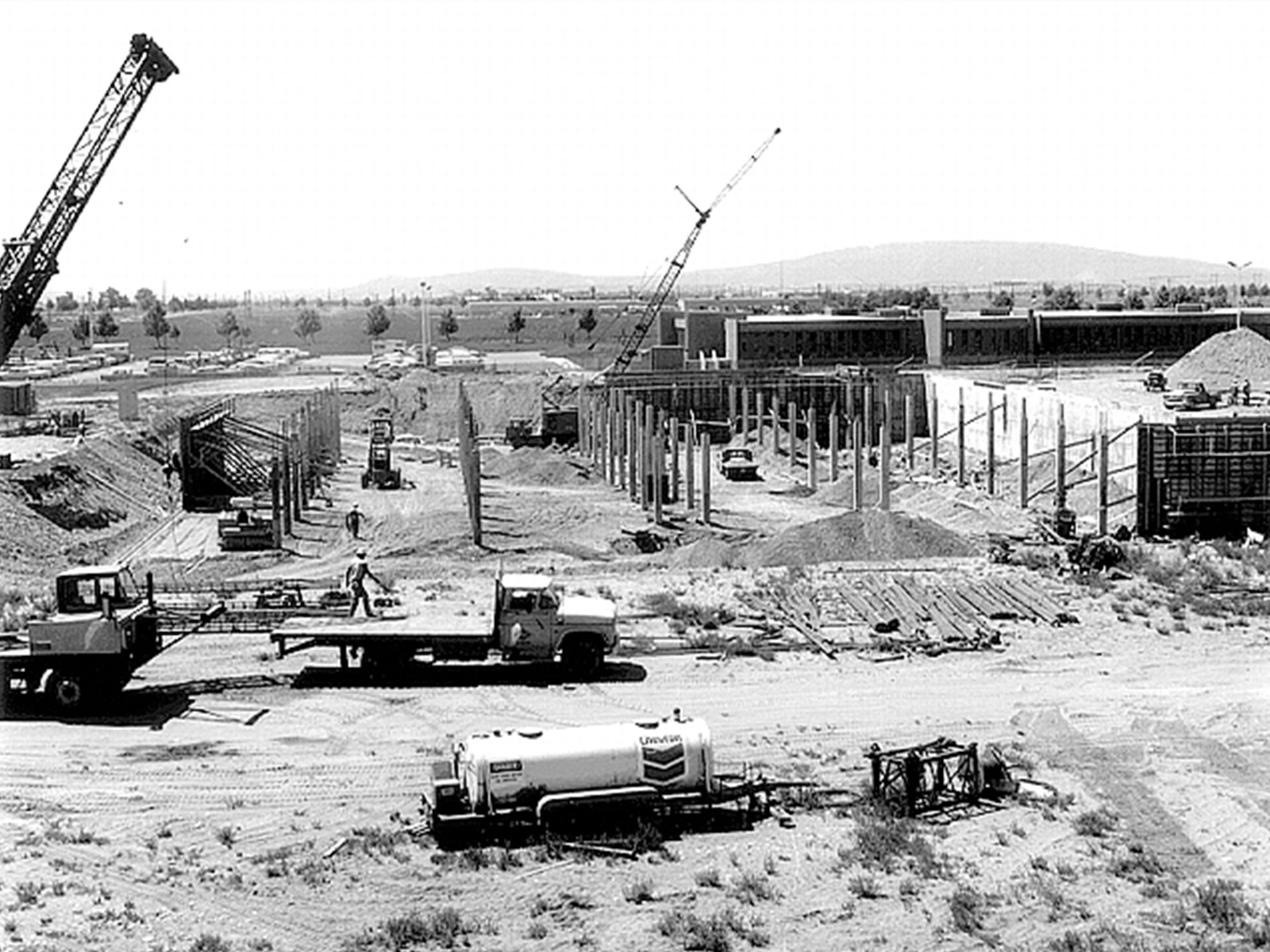
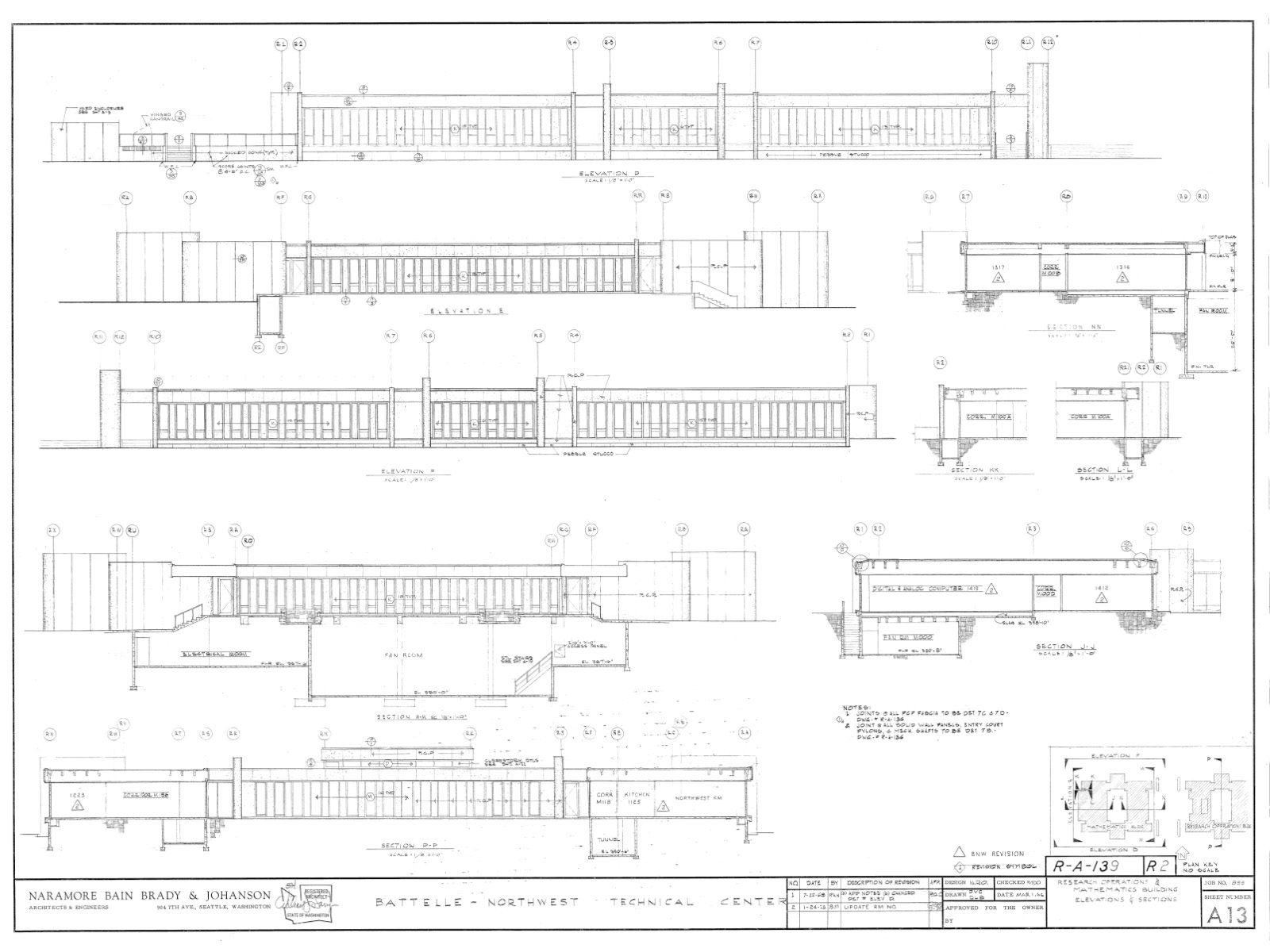
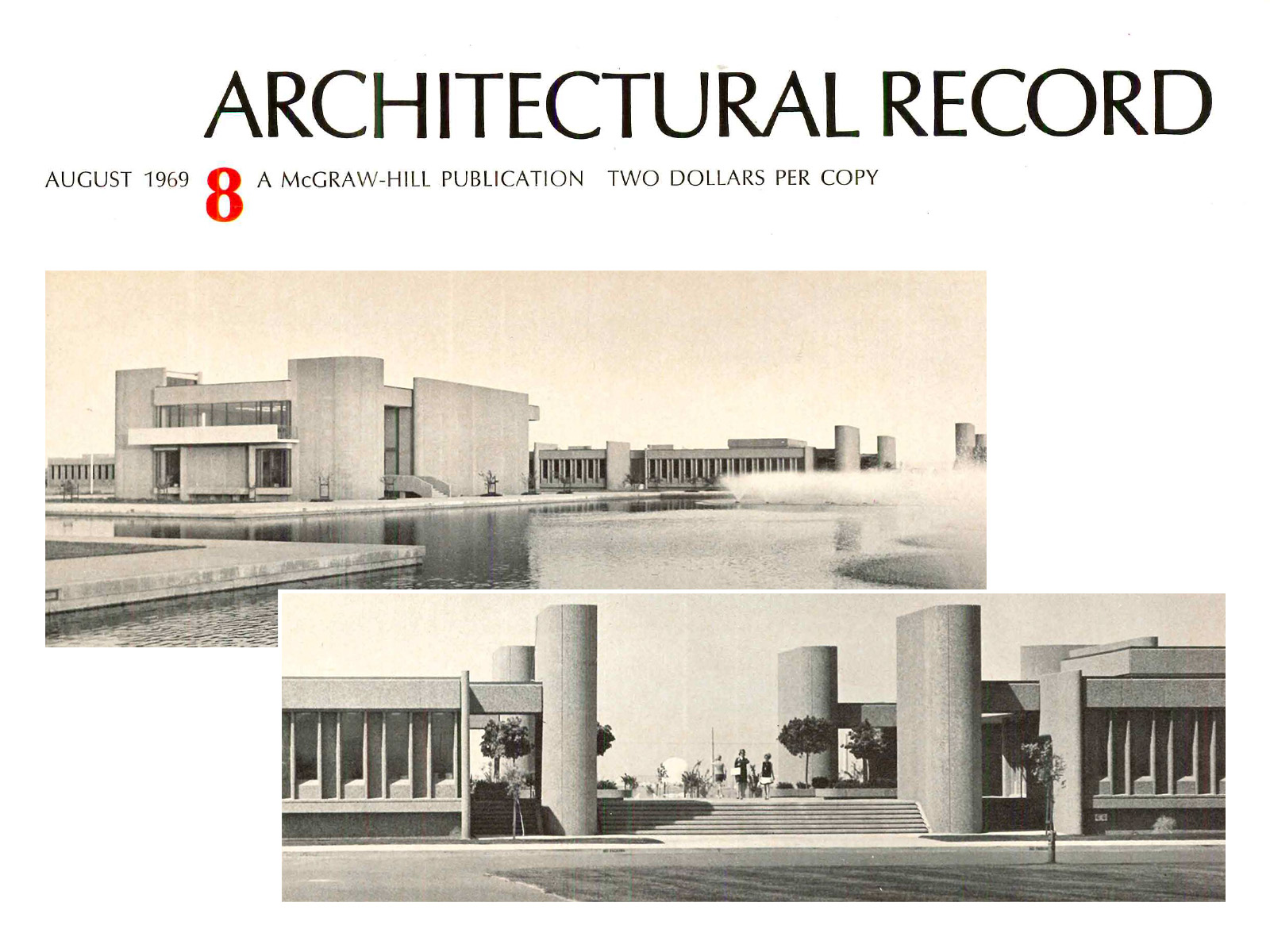
After construction, the campus was featured in the August 1969 issue of Architectural Record. The campus was highlighted as an example of a research complex that “considered the challenges of its physical surroundings with the nature of the lab’s work.”
Throughout the next few years, three additional buildings, also designed by NBBJ, were added to the campus: the Engineering Development Laboratory, followed by the Life Sciences Laboratory 2, and the Chemical Storage & Transfer Facility.
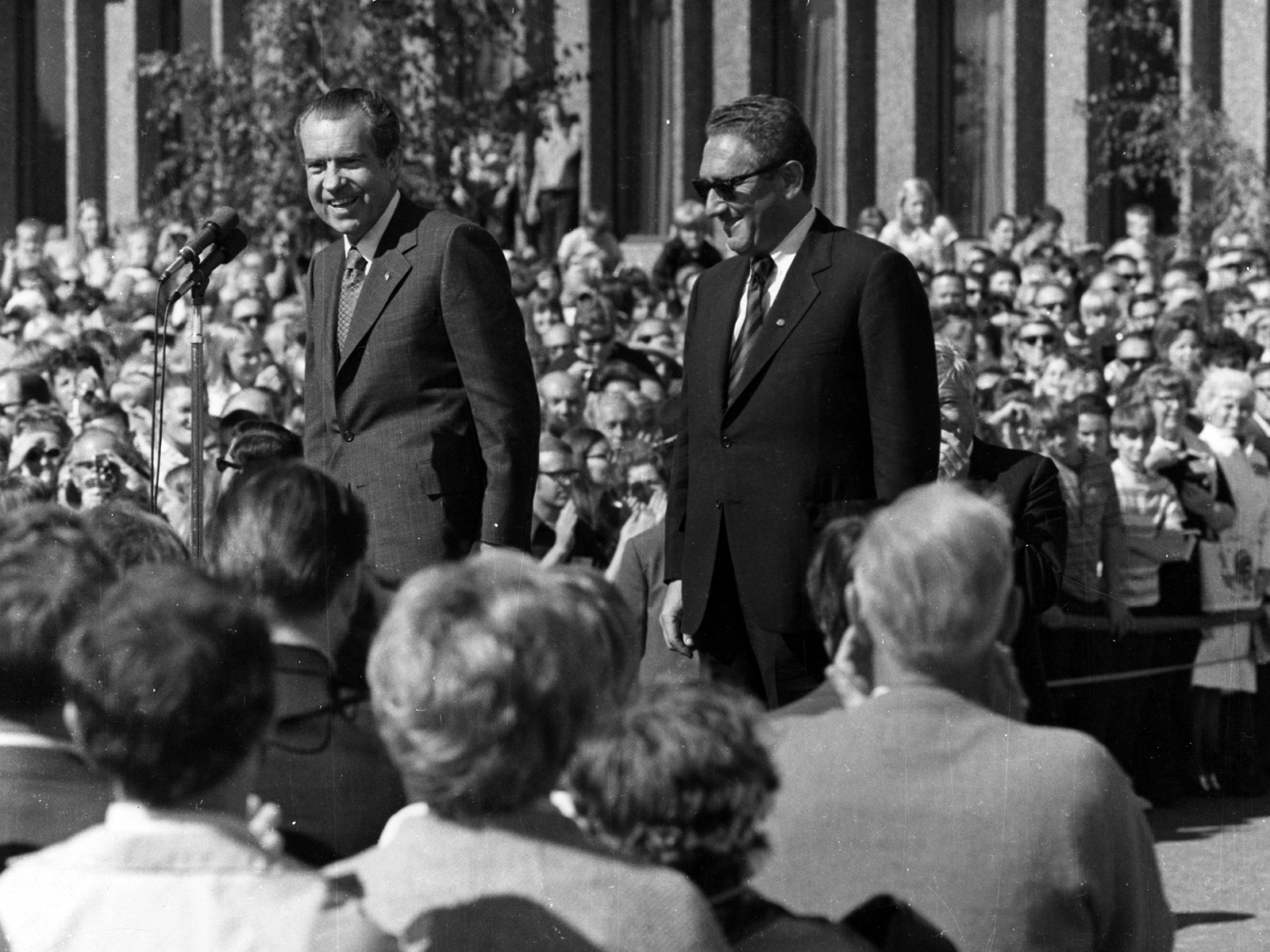
In 1971, President Richard Nixon visited the PNNL-Richland campus with his wife Patricia to commemorate the completion of the laboratory buildings. President Nixon addressed the crowd and then proceeded to the Research Operations Building for an AEC briefing.
See more photos of former President Nixon's visit to PNNL below
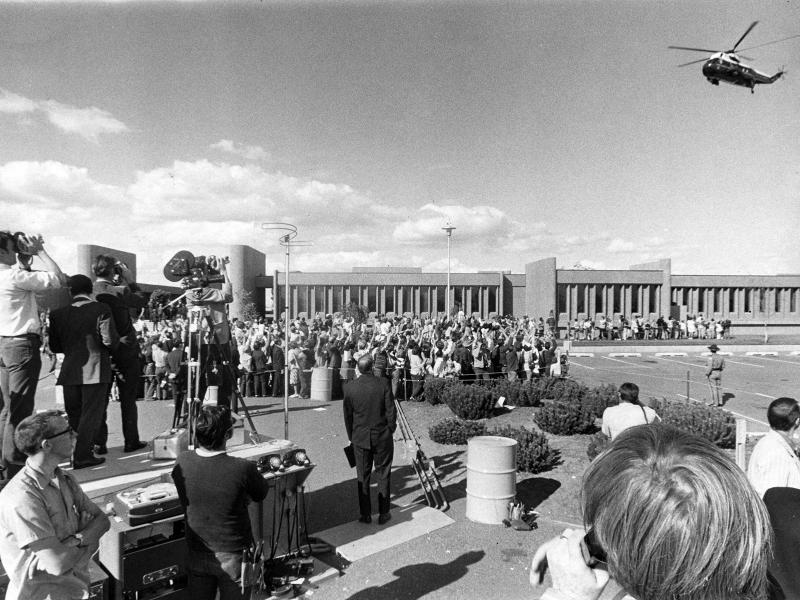
Photo: Tri-City Herald

Photo: Pacific Northwest National Laboratory

Photo: Tri-City Herald

Photo: Pacific Northwest National Laboratory

Photo: Pacific Northwest National Laboratory

Photo: Tri-City Herald
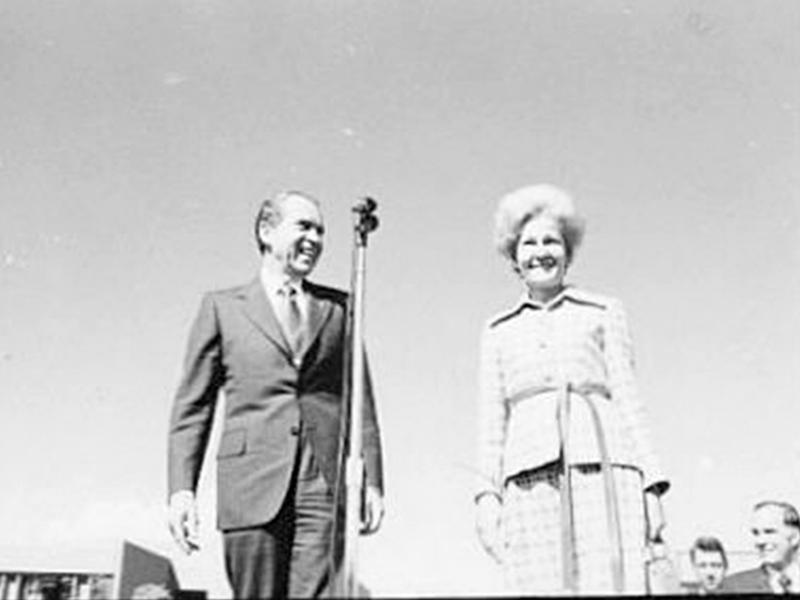
Photo: Pacific Northwest National Laboratory